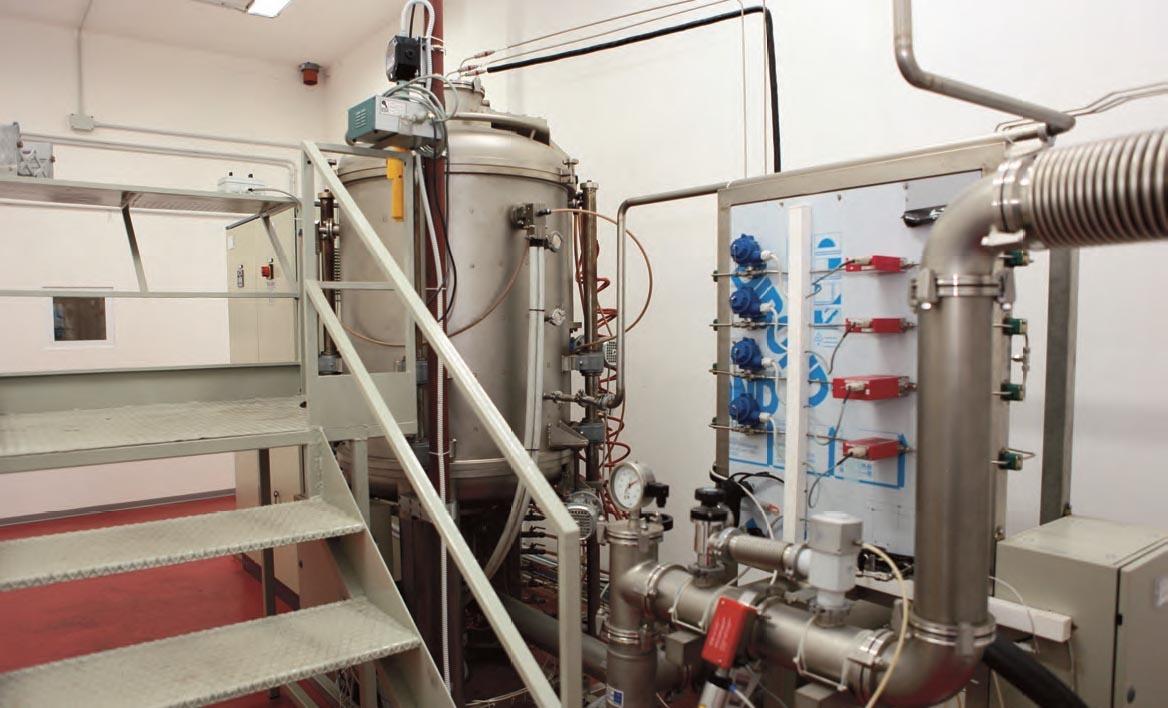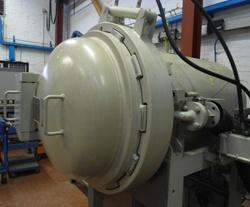Italian National Agency for New Technologies, Energy and Sustainable Economic Development
RESEARCH LABORATORIES FAENZA
Technologies for the development of fibre-reinforced ceramic composites
The main properties of long fibre-reinforced composites based on non-oxide ceramics, such as silicon carbide (SiC) or carbon (C), are the high resistance at high temperatures, the creep resistance, the low density, the high toughness and the thermal shock resistance. These characteristics make them ideal candidates for the replacement of metals, whose main application limit is the operating temperature that cannot exceed 1000°C. Moreover fibre-reinforced composite overcome the low thermal shock resistance of monolithic ceramics: the introduction of a second reinforcing phase improve the brittle fracture behaviour.
CVI (Chemical Vapour Infiltration) and PIP (Polymer Infiltration Pyrolysis) pilot-sized plants for the production of ceramic composites are available. The PIP technique is interesting for the production of low cost thermostructural composites, based on oxide and non-oxide fibres, for automotive applications.
In particular, the research activities concern the following areas:
Chemical Vapour Infiltration (CVI):
- Cf/C and SiCf/SiC composites.
Chemical Vapour Deposition (CVD):
- Interphases deposition on fibres and fabrics.
Polymer Infiltration Pyrolysis (PIP):
- study of the PIP process to infiltrate fibre preforms with preceramic polymers;
- production of prepregs based on preceramic polymers and fibre fabrics;
- manufacturing of products by manual lamination and moulds.
Combined PIP/CVI processes


